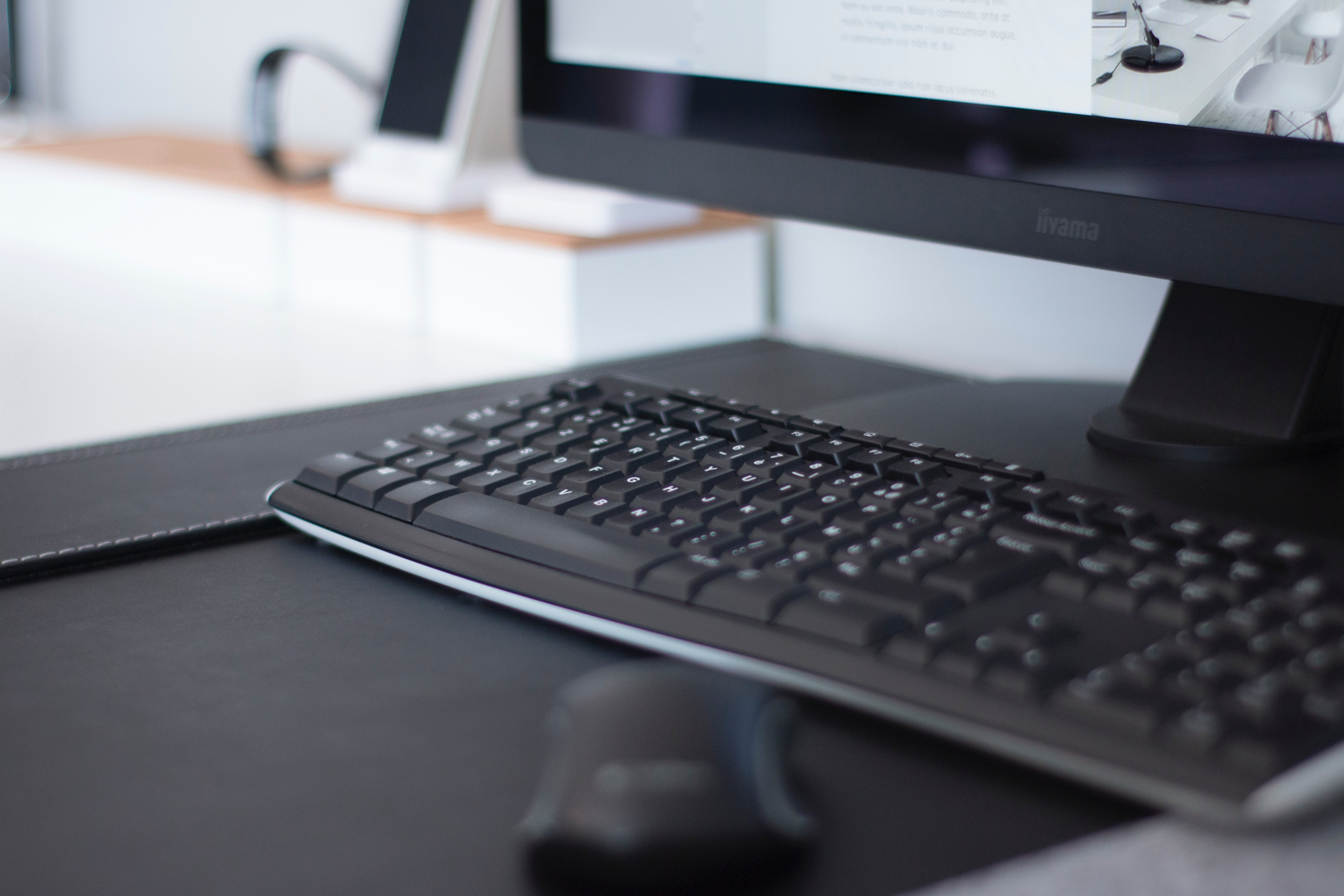Share this
Does investing in a battery management system stack-up?
by PowerShield on Aug 4, 2017 10:20:03 AM
The growth of the digital economy globally is fuelling the economic importance of data centres. Consequently, consistency of data centre performance is increasingly something upon which organisations are critically dependent.
No data centre can throw endless sums of money towards ensuring maximum, continuous performance. Immense pressures exist to drive cost down, across the board. It instead becomes a case of finding smart, effective solutions that have a positive return on the investment.
One strategy for reducing long-term UPS battery back-up costs for data centres is using battery monitoring and management systems. These systems make the health and performance of batteries more visible, helping to identify any potential issues or faults with the batteries before they fail and impact the business.
In the context of finding smart, effective solutions with positive returns, how do you determine the value a battery management system can offer your data centre? We have identified three key value points to consider when building a business case for a battery management system.
- Reduction of outages
While this might be an obvious point, it is still one of the most important in judging the value of a battery management system. According to Ponemon Institute’s Research Report, Cost of Data Centre Outages, 2016, the average cost of a data centre outage is increasing. Downtime costs are made up of things such as business disruption, lost revenue, end-user productivity and IT productivity. In 2013, the average cost was $690,204 USD but by 2016 had risen 7% to $740,357 USD. Of the unplanned data centre outages, UPS (uninterruptible power supply) system failure continues to be the number one cause, accounting for one-quarter of all outages. A high proportion of these failures are caused by faults or issues within the backup battery supply. Battery management systems can help to reduce the risk of UPS failures and reduce the cost of data centre outages through prevention.
- Extended battery life
Batteries themselves are a huge investment at an average cost of over $100USD each, with most UPSs comprising of 50-100 individual batteries, and a typical data centre having in excess of 20 UPSs. When the batteries reach the end of their lives, they are replaced, amounting in a significant ongoing cost. Common practice sees the batteries being replaced before they reach the end of their life to reduce the risk of failure.
What this means is lost value in the remaining life of the batteries. Over time, this can account for thousands of dollars of potential savings.
Using a battery management system offers further and deeper insights into the state of the battery, including individual battery impedance. It is trending impedance that allows you to accurately determine end-of-life, ensuring maximum value is extracted from your investment.
While many data centres conduct monthly or quarterly inspections on the batteries, the information captured doesn’t typically include the detail required to accurately determine the end of life of the battery. Battery management systems can drastically reduce the guess-work involved in battery inspections and in some cases, can extended the battery life by one to two years.
- Automating battery inspections
Traditionally battery inspections are undertaken manually and the actual cost is often not captured separately, rather rolled into a single UPS service cost. Inspections, while recommended to be undertaken monthly, are often undertaken quarterly, with a large list of direct and indirect cost implications attached to them including labour and travel costs, reliability, accuracy and consistency.
With data centres often containing multiple UPSs and thousands of individual batteries, the time and effort required to complete inspections is a considerable operation in terms of labour and cost. The potential health and safety issues that are present during a battery inspection pose significant risk to the data centre. Some of these include electrocution and risks associated with battery acids.
In undertaking an inspection manually, often data is logged in a book and left in the data centre, or on a personal computer, making it difficult to see trends over time. With a battery management system, data is captured in real time in an accurate way and sent directly to a secure database for ongoing analysis and reporting. This reduces the costs associated with manual battery inspections, but also increases the reliability of data being reported on.
As with any investment, data centres need to be able to prove the value of their battery management systems. In a world where they are heavily relied on for mission critical data, it is important that outages and failures are minimised, if not eliminated.
The number one way of proving the value of a battery management system is by eliminating the downtime caused by UPS failure. Gaining better insights into the state of the batteries, in real time, provides the opportunity for faults and issues to be identified and remedied before they become a problem. There is no better ROI than avoiding an unnecessary outage.
For more about how attention to detail makes a big difference to getting the most out of your UPS battery investment, download the first in a series of PowerShield insight papers.
Share this
You May Also Like
These Related Stories

Can your BMS provide some measurable financial return to your operation?

Battery Cabinets vs. Battery Racks

Turning data into actionable insights - the missing link
- September 2024 (1)
- December 2021 (2)
- March 2020 (1)
- January 2020 (1)
- December 2019 (1)
- October 2019 (2)
- July 2019 (1)
- May 2019 (2)
- April 2019 (1)
- March 2019 (2)
- January 2019 (1)
- December 2018 (1)
- November 2018 (1)
- August 2018 (3)
- July 2018 (1)
- June 2018 (2)
- May 2018 (2)
- March 2018 (2)
- February 2018 (2)
- January 2018 (1)
- November 2017 (1)
- October 2017 (1)
- August 2017 (3)
- June 2017 (1)
- March 2017 (1)
- November 2016 (1)
- October 2016 (1)
- September 2016 (2)